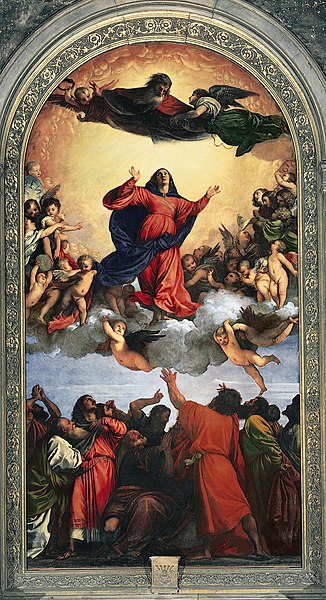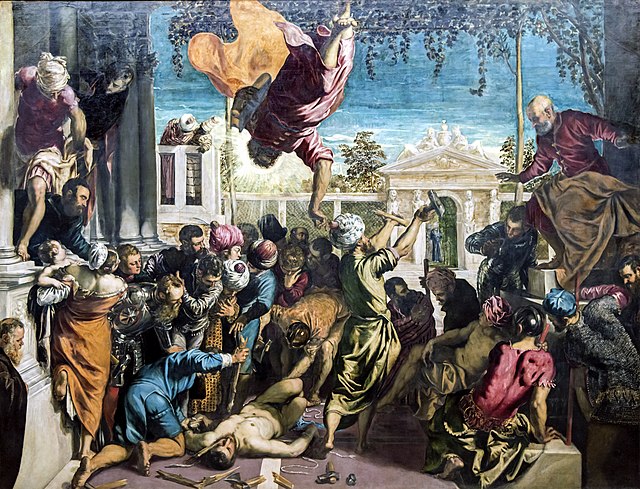Viridian is a blue-green pigment, a hydrated chromium(III) oxide, of medium saturation and relatively dark in value. It is composed of a majority of green, followed by blue. The first recorded use of viridian as a color name in English was in the 1860s. Viridian takes its name from the Latin viridis, meaning "green". The pigment was first prepared in mid-19th-century Paris and remains available from several US manufacturers as prepared artists' colors in all media.
Chromium(III) oxide sample
Viridian(Pigment Green 18) (Left) And Phthalocyanine Green(Pigment Green 7) (Right) Gouache
Fritz Bamberger - Ansicht der Sierra Nevada, 1863. Bavarian State Painting Collections.
Claude Monet - Arrival of the Normandy Train, Gare Saint-Lazare, 1877, oil on canvas. Art Institute of Chicago.
A pigment is a powder used to add color or change visual appearance. Pigments are completely or nearly insoluble and chemically unreactive in water or another medium; in contrast, dyes are colored substances which are soluble or go into solution at some stage in their use. Dyes are often organic compounds whereas pigments are often inorganic. Pigments of prehistoric and historic value include ochre, charcoal, and lapis lazuli.
Pigments for sale at a market stall in Goa, India
The Milkmaid by Johannes Vermeer (c. 1658). Vermeer was lavish in his choice of expensive pigments, including lead-tin yellow, natural ultramarine, and madder lake, as shown in the vibrant painting.
Titian used the historic pigment vermilion to create the reds in the oil painting of Assunta, completed c. 1518.
Miracle of the Slave by Tintoretto (c. 1548). The son of a master dyer, Tintoretto used Carmine Red Lake pigment, derived from the cochineal insect, to achieve dramatic color effects.








